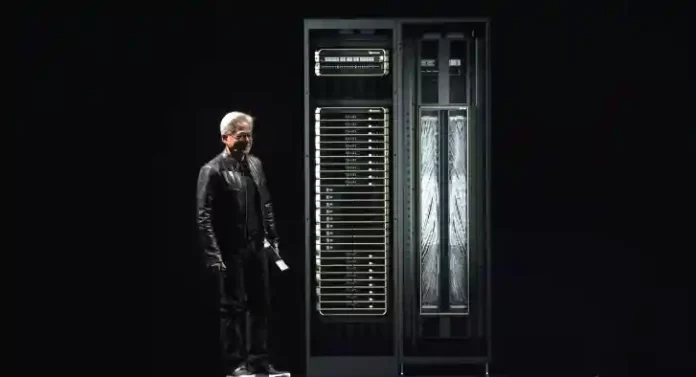NVIDIA’s AI servers are witnessing a dramatic surge in power requirements, sparking urgent debate about the sustainability of this exponential growth.
From Ampere to Kyber: A 100x Leap in Power Demand
According to analyst Ray Wang, the transition from NVIDIA’s Ampere architecture to Kyber represents up to a 100-fold increase in power consumption within just eight years—a staggering leap driven by the industry’s relentless pursuit of artificial general intelligence (AGI). As companies like OpenAI and Meta race to scale computing capabilities through massive AI clusters, NVIDIA has intensified its hardware ambitions to meet those demands, pushing energy usage to unprecedented levels.
The Anatomy of Power Growth
NVIDIA’s rack generations have evolved rapidly. The jump in power ratings stems largely from the increasing number of GPUs per rack and their rising thermal design power (TDP). For comparison, Hopper-based systems drew around 10 kW per chassis, while Blackwell systems now approach 120 kW, reflecting a twelvefold increase. Each iteration brings more GPUs, higher interconnect bandwidth through NVLink and NVSwitch fabrics, and more consistent rack utilization—all contributing to surging energy footprints across hyperscale deployments.
The Gigawatt Race: Tech Giants Go Big
The competition among Big Tech firms has turned into a race measured in gigawatts. OpenAI, Meta, and others are planning AI campuses exceeding 10 GW of total computing capacity—a scale of consumption once reserved for entire industrial sectors. To put that in perspective, 1 GW could power nearly one million U.S. homes, not including cooling and power delivery overhead. These mega-data centers now draw energy comparable to that of mid-size nations or several large U.S. states—an issue that has drawn attention from energy analysts and policymakers alike, including discussions within the Trump administration on strategies for sustainable scaling.
The Global Energy Fallout
The International Energy Agency’s (IEA) 2025 Energy & AI report warns that AI growth alone could double global electricity consumption by 2030—nearly quadrupling the rate at which power grids currently expand. This growing competition for electricity may drive higher household energy costs, especially in regions near hyperscaler hubs.
If current trends persist, both the United States and other technologically advanced nations face an imminent energy reckoning—where the power demands of artificial intelligence risk outpacing the world’s ability to sustain them.





